Youth soccer coaching is both a rewarding and challenging experience. As a coach, you play a pivotal role in shaping young players’ skills, instilling a love for the game, and fostering teamwork and discipline.
This guide aims to provide practical advice, effective strategies, and useful tips for coaching youth soccer, helping you create a positive and impactful experience for your players.
1. Understanding Youth Development
Age-Appropriate Coaching
Physical Development: Coaching young soccer players requires an understanding of their physical development stages.
Younger players, often between the ages of 6-10, are still developing their motor skills and coordination.
At this stage, focus on fundamental skills such as dribbling, passing, and basic ball control. Exercises should be fun and engaging to keep their attention and encourage a love for the game.
As players grow older, between 11-14 years, they begin to develop more advanced physical capabilities.
Coaching should then shift towards building strength, speed, and endurance integrating more complex drills that simulate game situations.
For teenagers, 15-18 years old, emphasize tactical awareness and position-specific skills while maintaining a balance between technical training and physical conditioning.
Always remember to adjust drills and intensity to match the players’ developmental stages to avoid injuries and burnout.
Mental and Emotional Growth: Understanding the mental and emotional maturity of young players is crucial for effective coaching.
Younger players may struggle with focus and emotional regulation, so it’s essential to create a supportive environment where mistakes are viewed as learning opportunities rather than failures.
Positive reinforcement and encouragement can help build confidence and resilience. As players enter their teenage years, they face increased pressure and self-awareness.
Coaching at this stage should involve open communication, fostering a sense of team companionship , and helping players develop coping strategies for both success and setbacks.
Encouraging leadership qualities and self-discipline will also be beneficial as they prepare for higher levels of competition.
By aligning your coaching strategies with the developmental stages of your players, you not only enhance their skills and performance but also contribute to their overall growth and enjoyment of the game.
Tailoring your approach to meet their physical and emotional needs ensures that each player receives the support they require to excel both on and off the field.
2.Scouting for Talent
Scouting for talent and identifying potential in young soccer players is a crucial aspect of youth coaching.
It involves more than just recognizing skill on the ball; it encompasses understanding a player’s attitude, work ethic, and potential for growth.
Here’s a guide to help youth soccer coaches effectively scout and identify promising young players:
Observing Technical Skills
- Ball Control and Dribbling: Look for players who exhibit good ball control, smooth dribbling, and the ability to maneuver the ball in tight spaces. These skills are fundamental and indicate a player’s comfort and proficiency with the ball.
- Passing and Shooting: Evaluate how players pass and shoot. Precision, timing, and decision-making are key aspects. Pay attention to their ability to execute different types of passes and shots under pressure.
Assessing Tactical Awareness
- Positioning and Movement: Observe how players position themselves on the field. Are they aware of their surroundings? Do they make smart runs and position themselves to receive the ball effectively?
- Decision-Making: Evaluate how quickly and accurately players make decisions during play. Effective decision-making involves knowing when to pass, dribble, or shoot and understanding game situations.
Evaluating Physical Attributes
- Speed and Agility: Test players’ speed and agility through drills and small-sided games. Quickness and agility are important for evading opponents and reacting to play changes.
- Endurance and Strength: Assess players’ stamina and physical strength. Endurance is crucial for maintaining performance throughout the game, while strength helps in holding off opponents and tackling.
Understanding Mental and Emotional Traits
- Work Ethic and Attitude: Look for players who exhibit a strong work ethic, enthusiasm, and a positive attitude. Players who are willing to put in extra effort and learn from mistakes are valuable assets.
- Resilience and Confidence: Assess how players handle setbacks and pressure. Confidence and resilience are important traits for overcoming challenges and performing under pressure.
3. Creating a Positive Learning Environment
Encouragement and Motivation
Positive Reinforcement: Creating a positive learning environment starts with fostering an atmosphere of encouragement.
Use praise to highlight players’ efforts, achievements, and progress. Recognize both individual and team accomplishments, no matter how small.
This not only boosts players’ confidence but also motivates them to continue improving.
For example, celebrate a well-executed pass or a strong defensive play with verbal encouragement or a high-five.
By consistently reinforcing positive behavior, you help players associate hard work with success and keep them engaged and enthusiastic about their development.
Constructive Feedback: Effective coaching involves providing feedback that is both constructive and supportive.
Instead of focusing solely on what went wrong, emphasize what players did well and how they can build on their strengths.
For instance, if a player misses a goal, acknowledge their effort and suggest a specific adjustment to improve their technique.
This approach helps players view mistakes as opportunities for growth rather than failures.
Building Team Spirit
Team Building Activities: Strengthening team spirit is essential for creating a cohesive and motivated group.
Incorporate team-building activities that go beyond traditional soccer drills. Engage players in exercises that promote trust, communication, and cooperation.
Activities such as team challenges, group problem-solving tasks, and fun off-field events like team outings or game nights can help players bond and develop a sense of unity.
 Inclusive Practices: An inclusive approach ensures that every player feels valued and integrated into the team, regardless of their skill level.
Inclusive Practices: An inclusive approach ensures that every player feels valued and integrated into the team, regardless of their skill level.
Avoid creating cliques or hierarchies within the team. Instead, promote an environment where all players have equal opportunities to participate and contribute.
Encourage senior players to mentor and support younger or less experienced teammates.
By fostering an inclusive atmosphere, you help each player feel like an integral part of the team, which can enhance overall morale and collaboration.
By focusing on encouragement, constructive feedback, and team-building efforts, you create a nurturing environment where players are motivated to develop their skills and work together effectively.
This positive atmosphere not only improves performance but also makes the experience of playing soccer more enjoyable and rewarding for everyone involved.
4. Effective Coaching Techniques
Drills and Exercises
Skill Development Drills: Developing fundamental soccer skills is crucial for young players.
Focus on drills that target key areas such as dribbling, passing, and shooting. For dribbling, use cone drills to improve ball control and agility.
Set up a series of cones and have players dribble through them, practicing different techniques such as inside-outside touches and quick changes of direction.
For passing accuracy, create exercises where players must pass to a moving target or work on one-touch passing to enhance precision.
Incorporate shooting drills where players practice shooting from various distances and angles, emphasizing technique and power. By regularly practicing these drills, players will build a solid foundation of essential skills.
Small-Sided Games: Small-sided games are a fantastic way to simulate real match conditions while focusing on specific skills and decision-making. These games involve fewer players on a smaller field, which increases the frequency of touches on the ball and encourages players to think and act quickly.
For example, play 3v3 or 4v4 games to emphasize ball control, quick passing, and creating space.
Small-sided games also improve spatial awareness and teamwork by forcing players to communicate and work together in tight spaces.
These games are not only effective for skill development but also make training sessions more engaging and enjoyable for players.
Game Strategy
Basic Formations: Introducing basic formations helps players understand their roles and responsibilities on the field. Start with simple formations that are appropriate for their age and skill level.
For younger players, formations like 4-4-2 or 4-3-3 are effective for teaching fundamental concepts such as positioning, spacing, and balance.
Be in a position to explain the roles of different positions in these formations, such as defenders, midfielders, and forwards.
Emphasize how each player contributes to both attacking and defending, helping them grasp the importance of teamwork and positional awareness.
As players become more comfortable with basic formations, you can gradually introduce more complex systems.
Tactical Awareness: Gradually introducing tactical concepts helps players understand the strategic aspects of the game.
Start with fundamental tactics like maintaining defensive shape and pressing. Teach players how to stay organized in defense, cover spaces, and work as a unit to deny the opposition opportunities.
Introduce the concept of pressing, where players apply pressure on the ball carrier to win back possession.
As players gain experience, introduce more advanced tactics such as counter-attacking and positional rotations.
Explain how these tactics can be used to exploit opponents’ weaknesses and create scoring opportunities.
This comprehensive approach not only enhances players’ abilities on the field but also prepares them for the complexities of competitive soccer.
5. Managing Practices and Games
Practice Planning
Structured Sessions: Effective practice planning is essential for maximizing player development and keeping sessions engaging.
Begin by setting clear objectives for each practice, whether focusing on technical skills, tactical understanding, or team dynamics.
Structure your sessions to include a variety of activities that cater to different aspects of the game.
Start with a warm-up to prepare players physically and mentally, followed by skill development drills that target specific areas like dribbling, passing, or shooting. Incorporate tactical drills to teach concepts such as positioning and teamwork.
Finally, conclude with fun activities or small-sided games that allow players to apply what they’ve learned in a match-like environment. This structured approach ensures that practices are well-rounded and purposeful, keeping players motivated and improving their overall performance.
Time Management: Efficient time management is crucial to maintaining player engagement and ensuring all practice elements are covered.
Allocate specific time slots for each activity, allowing sufficient time for warm-up, skill drills, tactical work, and cool-down.
Avoid spending too much time on any single activity to prevent boredom and keep players focused. Transition smoothly between drills to maintain momentum and maximize the effectiveness of the session.
For example, spend 10-15 minutes on warm-up, 20-30 minutes on skill development, 15-20 minutes on tactical drills, and 10-15 minutes on small-sided games or fun activities.
This balanced approach ensures that players remain active and engaged throughout the practice.
Game Management
Substitutions and Rotation: Managing player substitutions and rotations effectively is key to ensuring that all players get equal playing time and opportunities to contribute.
Plan your substitutions ahead of time, considering factors such as player fatigue, performance, and match conditions.
Rotate players regularly to give everyone a chance to participate and gain experience. Ensure that each player has the opportunity to play in different positions and roles, which helps in their overall development and understanding of the game.
Communicate with players about their roles and expectations before the game, and make substitutions based on performance and the needs of the team.
This approach promotes fairness and keeps players motivated and engaged.
In-Game Adjustments: Effective game management requires the ability to make tactical adjustments based on the flow of the game and your team’s performance.
Observe how the game unfolds and be prepared to adapt your strategies as needed. For example, if the opposing team is exploiting a particular area, adjust your formation or positioning to address the issue.
If your team is struggling to break down the opposition, consider changing tactics, such as switching to a more attacking formation or making strategic substitutions.
6. Communication with Players and Parents
Clear Communication
Effective communication is crucial for ensuring that players understand and execute the coaching strategies.
Break down complex tasks into manageable steps, and use simple language to convey your expectations.
Visual demonstrations can also be helpful in reinforcing verbal instructions, ensuring that players of all learning styles grasp the concepts being taught.
Feedback: Regular feedback is essential for player development. Provide constructive feedback that highlights what players are doing well and areas where they can improve.
Make sure your feedback is specific and actionable, focusing on particular skills or behaviors rather than general comments.
Parent Engagement
Positive Interaction: Building a positive relationship with parents is vital for fostering a supportive environment for young players.
Keep parents informed about team goals, practice schedules, game times, and any relevant issues or changes.
Regular communication through newsletters, emails, or team meetings helps keep parents engaged and aligned with the team’s objectives.
Address any concerns or questions parents may have in a professional and approachable manner, demonstrating your commitment to the players’ overall development.
Parental Involvement: Encourage parents to take an active role in supporting their children’s soccer experience.
Invite them to participate in team activities, such as volunteer roles, fundraising events, or team-building exercises.
By involving parents in the soccer community, you create a supportive network that benefits both players and the team as a whole.
Additionally, fostering a collaborative atmosphere between coaches and parents helps ensure that players receive consistent encouragement and support both on and off the field.
7. Promoting Safety and Well-Being
Injury Prevention
Warm-Up and Cool-Down: Proper warm-up and cool-down routines are essential in preventing injuries and maintaining overall player health.
A good warm-up prepares the body for the physical demands of soccer by gradually increasing heart rate and loosening muscles. Include dynamic stretches, such as leg swings and high knees, to improve flexibility and range of motion.
A thorough cool-down helps in recovery by gradually reducing heart rate and stretching muscles to prevent stiffness. Incorporate static stretches and gentle movements to aid in muscle relaxation and prevent injuries.
Proper Equipment: The right equipment is crucial for protecting players and reducing the risk of injuries.
Ensure that each player wears appropriate gear, such as well-fitted shin guards, to protect against impacts, and suitable footwear for the playing surface to enhance traction and prevent slips.
Regularly check that all equipment is in good condition and replace any worn-out or damaged items.
Educate players and parents about the importance of using the correct equipment and the role it plays in ensuring a safe playing environment.
Emotional Well-Being
Stress Management: Soccer can be a source of stress for young players, especially with the pressures of competition and performance expectations.
Encourage players to focus on enjoyment and personal growth rather than just winning or losing. Foster a supportive environment where players can express their feelings and concerns.
Techniques such as mindfulness, relaxation exercises, and maintaining a positive perspective on both successes and setbacks can help manage stress and enhance overall well-being.
Conflict Resolution: Addressing conflicts or issues among players, coaches, or parents promptly and fairly is essential for maintaining a positive team environment.
Create an open line of communication where players feel comfortable voicing concerns or grievances. Implement clear protocols for resolving conflicts, focusing on fairness and understanding.
8. Continuing Education and Development
Coaching Certification
Training Programs: Pursuing coaching certifications and attending specialized training programs are crucial steps for any coach aiming to improve their knowledge and skills.
Certification programs offer structured learning experiences that cover essential coaching principles, tactics, and methodologies.
These programs often include modules on player development, sports psychology, and injury prevention.
By participating in these courses, coaches not only enhance their expertise but also gain credentials that can boost their credibility and career prospects.
Look for reputable organizations that offer certifications tailored to different levels of coaching experience, from grassroots to advanced coaching.
Professional Development: The field of soccer coaching is continually evolving, with new techniques, technologies, and strategies emerging regularly.
To stay ahead and provide the best training for your players, it’s important to engage in ongoing professional development.
This can include attending coaching clinics, workshops, and seminars where industry experts share their latest insights and practices.
Subscribing to coaching journals, participating in online forums, and engaging with soccer communities on social media can also help you stay informed about the latest trends and innovations.
Continuous learning allows you to integrate new ideas into your coaching practice and adapt to the changing demands of the game.
Learning from Experience
Reflection: Reflecting on your coaching experiences is a valuable process for personal and professional growth.
Regularly assess your coaching sessions and games to identify what went well and what could be improved.
Seek feedback from players, parents, and fellow coaches to gain different perspectives on your approach and effectiveness.
This reflective practice helps you understand your strengths and areas for development, allowing you to make informed adjustments to your coaching style.
Consider keeping a coaching journal where you document your experiences, observations, and reflections to track your progress over time.
Adaptation: Being open to adapting your coaching methods based on feedback and evolving best practices is essential for growth.
Embrace constructive criticism and use it as an opportunity to refine your techniques and strategies.
Adaptation involves experimenting with new drills, tactics, and approaches to see what works best for your players.
Stay flexible and willing to change your methods in response to the needs and dynamics of your team.
9.Using Technology in Coaching
Incorporating technology into youth soccer coaching offers numerous advantages, from improving player performance to streamlining coaching processes.
Leveraging tools like video analysis and training apps can provide valuable insights and enhance both individual and team development.
Here’s how youth soccer coaches can effectively use technology to elevate their coaching strategies and player development:
Video Analysis
Recording and Reviewing Matches:
- Objective Observation: Use video recordings of matches and training sessions to review players’ performances objectively. This helps in identifying strengths and areas for improvement that might be missed during live observations.
- Performance Analysis: Break down individual and team performances, focusing on key aspects like positioning, decision-making, and technical skills. Coaches can use this information to provide targeted feedback and adjust training plans.
Tactical Analysis:
- Understanding Patterns: Analyze game footage to understand team formations, opponent tactics, and game dynamics. This helps in developing better strategies and improving tactical awareness among players.
- Drill Effectiveness: Review how well players execute specific drills or strategies. This can inform adjustments to training methods to better align with game situations.
Player Feedback:
- Visual Learning: Provide players with visual feedback on their performance. Watching their own actions and those of their teammates can help players understand concepts better and make necessary adjustments.
- Goal Setting: Use video evidence to set clear, achievable goals for players. Tracking progress visually can motivate players and demonstrate their development over time.
Training Apps
Skill Development:
- Drill Libraries: Utilize apps that offer a library of drills and exercises. Coaches can access a variety of training ideas and create custom sessions tailored to their team’s needs.
- Progress Tracking: Track players’ progress on specific skills and fitness levels through app features that record and analyze performance data.
Conclusion
Effective youth soccer coaching requires a blend of technical knowledge, communication skills, and a genuine passion for developing young players.
By understanding youth development, creating a positive environment, employing effective coaching techniques, and focusing on player safety and well-being, you can make a significant impact on your players’ soccer journey.
Embrace the challenges and rewards of coaching, and remember that your influence extends far beyond the soccer field.
What`s your experience, new ideas and opinion about this topic? Please lets engage in the comment section below.
Happy training.

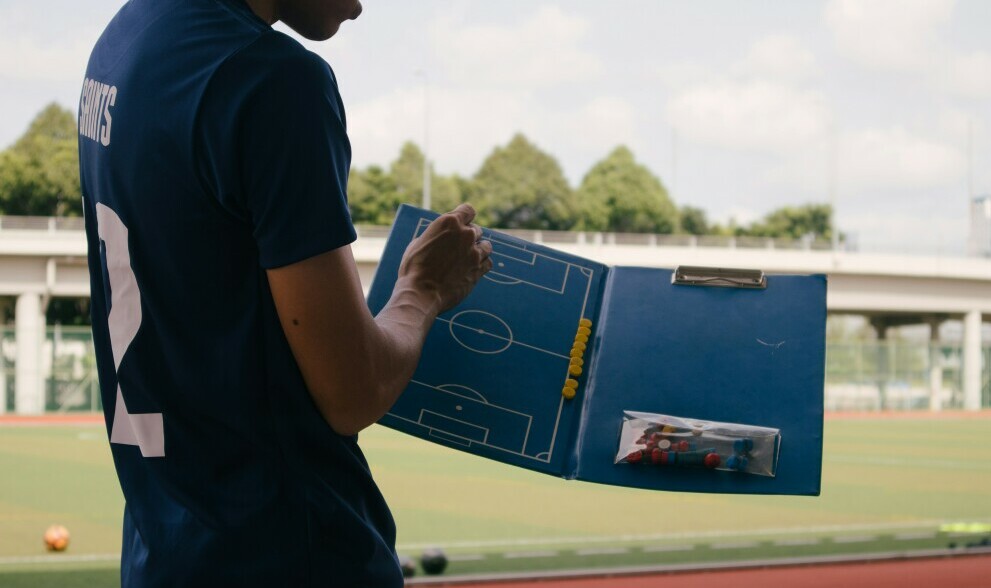

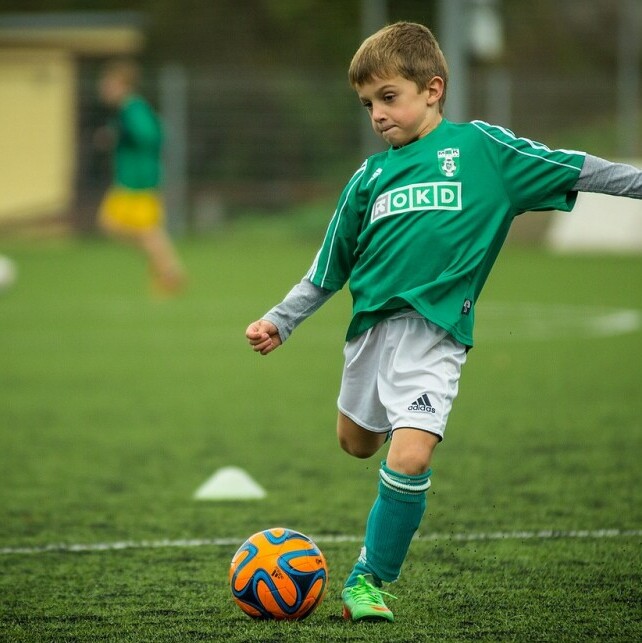

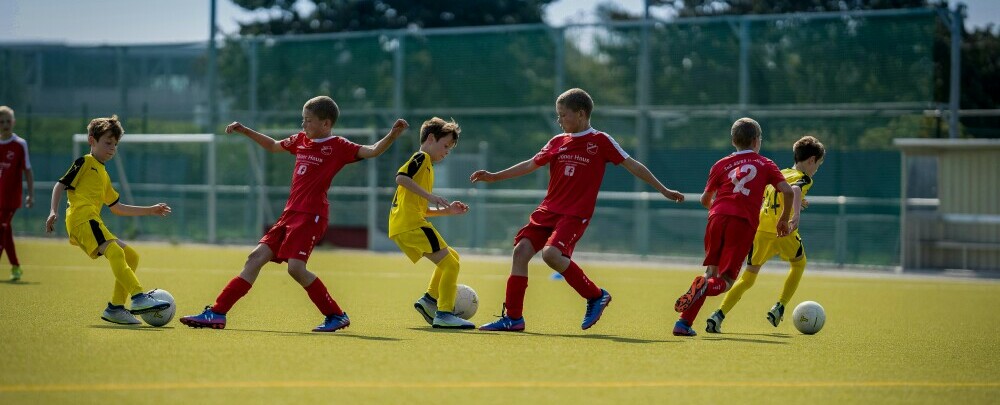


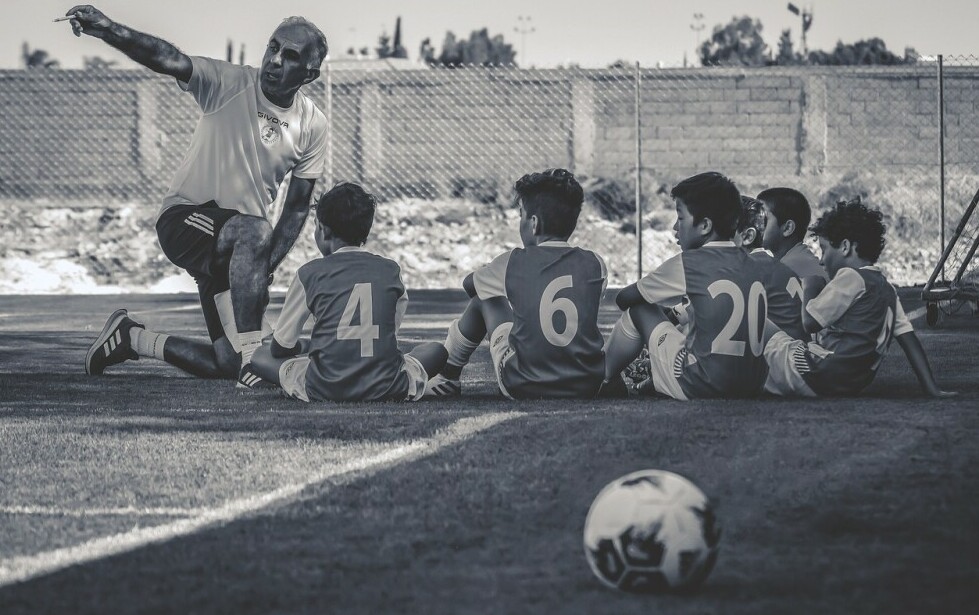
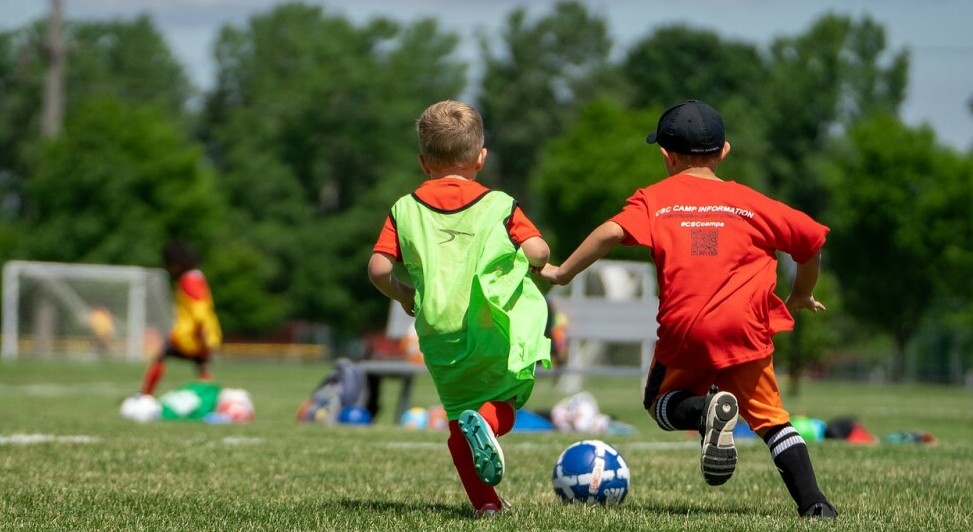
Hi
Thank you! i enjoyed reading your article on Youth Soccer Coaching Guides: Essential Tips For Developing Young Players. Its interesting and helpful.
As a mother of boys i find your article helpful and I’ve learnt something new, i like how you mention different types of coaching for children of different ages.
* I personally like how it teaches them team spirit
* Physical health
*Psychological and mental health
*Tactical Awareness and many more mentioned
But my best is Constructive Feedback, i believe this can boost one’s self esteem especially in children so its very important to recognize their achievement’s and also give constructive feedback that will help them improve on their skills.
Thank you Annastasia for your kind words and for taking the time to read my article on Youth Soccer Coaching Guides!
I’m delighted to hear that you found the tips helpful and informative, especially as a mother of boys who are likely passionate about soccer.
I completely agree with you about the importance of constructive feedback.
Recognizing achievements and providing constructive feedback can indeed significantly boost children’s self-esteem and encourage continuous improvement.
It’s crucial for young players to feel valued and understood, which helps them develop not just as athletes but also as individuals.
Addressing Your Points:
Team Spirit: Teaching children the value of working together towards a common goal is fundamental in soccer. It helps them understand the importance of collaboration and communication, skills that are invaluable both on and off the field.Physical Health: Regular soccer practice is a fantastic way to keep children active and healthy. It builds strength, endurance, and overall fitness, contributing to their physical well-being.Psychological and Mental Health: Playing soccer can be a great outlet for stress and anxiety, providing a sense of routine and accomplishment. The camaraderie and support from teammates can also enhance their mental health.Tactical Awareness: Introducing children to basic tactics and strategies helps them understand the game better and improves their decision-making skills during matches. It’s exciting to see young players grow in their understanding of soccer.Constructive Feedback: As you rightly mentioned, giving constructive feedback is essential. It helps children understand what they are doing well and what areas they can improve. This approach not only boosts their confidence but also motivates them to keep learning and developing their skills.
Your insights are spot on, and it’s wonderful to see how much you value the holistic development of young players. Thank you again for your thoughtful comment and support.